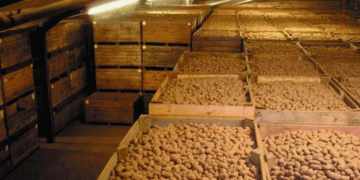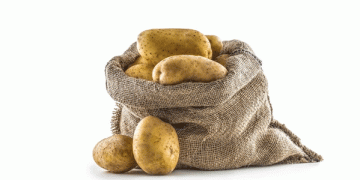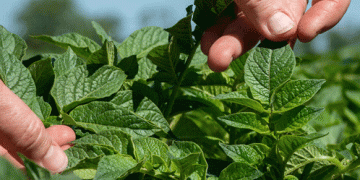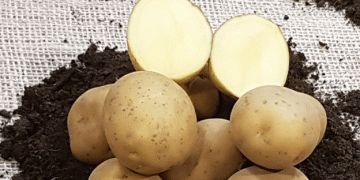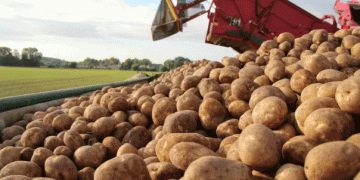Native potatoes—cultivated for centuries in the high Andes—are finding a new life as value-added snack products, thanks to a major commercial agreement that links Peruvian farming cooperatives with national agroindustry. In Huancayo, Junín, the Cooperativa Agraria Nueva Esperanza de Ranchopampa has officially shipped its first eight-ton batch of native potatoes from a total of 600 tons to Tiyapuy, a Peruvian snack company with processing operations in Lima.
This shipment is not just a transaction; it is the result of a broader effort by Midagri (Peru’s Ministry of Agrarian Development and Irrigation) and its commercial branch Agromercado, in collaboration with the FAO’s global “Hand-in-Hand” initiative, to improve rural livelihoods by integrating smallholder farmers into structured markets.
A Landmark Deal for Native Potato Growers
The full contract, valued at S/ 1.38 million (approx. USD 360,000), ensures stable demand and better prices for the farmers of Huancayo. The varieties involved include:
- Cacho de Toro
- Sumac Soncco
- Cceccorani
- Huayro Macho
These colorful, nutritionally rich varieties are highly suitable for snack transformation, given their distinct flavor, texture, and pigmentation—features that appeal to health-conscious and gourmet consumers alike.
The production comes from 60 hectares across the Patalá, Cullhuas, Chicche, and Pomamanta communities in Cullhuas and Pucará districts, yielding an annual native potato output of approximately 700 tons.
Out of the 600 tons destined for snack production:
- 500 tons will be supplied by Cooperativa Agraria Sierra Central
- 100 tons by Nueva Esperanza de Ranchopampa
Adding Value, Building Resilience
This deal is particularly significant because it demonstrates how commercial articulation—the strategic linking of smallholder farmers with formal buyers—can enhance income security, boost rural employment, and preserve agrobiodiversity. Agromercado, the key facilitator, plays an essential role in connecting family agriculture to broader domestic and global markets.
According to the International Potato Center (CIP), Peru has over 3,000 native potato varieties, but market integration for these varieties remains limited due to lack of processing capacity, fragmented supply chains, and low investment in commercialization. Agreements like this help bridge that gap.
Moreover, this initiative reflects growing global demand for plant-based, natural, and culturally unique snack foods, a market projected by Fortune Business Insights to grow from USD 34.64 billion in 2023 to over USD 64 billion by 2030, with native root crops playing an increasingly important role.
The delivery of native potatoes from Huancayo to Lima’s snack industry is more than a trade success—it’s a model for inclusive agribusiness. By combining traditional crops, modern processing, and strategic commercial partnerships, Peru is leading the way in showcasing how native biodiversity can drive rural transformation and innovation in the global food system.

